The first real camera that I owned was given to me as a Christmas present. I’d obsessed over this camera for years. It was the camera that my favourite photographers used. I read up about it in all the photography magazines and equipment guides. It had some unique features and was ahead of its time. It was perfect.
There was a shop that I went past two or three times a week that had one in the window and I always took the time to stand there and look at it. But I would never go in to try it. I’m weird like that. I can’t hold or touch something that I want to own whilst knowing that I’ve got to give it back, that I can’t own it. And I couldn’t own it. It cost much more than I could afford.
Well, Christmas 1979, there it was. My girlfriend bought it for me and I didn’t have a clue that it was coming. We’d only been together for six months and, even though I’d made no secret of my obsession, it was the last thing that I had expected to receive as my first Christmas present from her.
She gave me three boxes, all wrapped up in Christmas wrapping paper. The first contained a roll of Kodak colour film. The second, a Zuiko 50mm f1.8 lens. Could this really be happening. The third and final box, there it was, an all black Olympus OM2n.
In the 1970’s, Olympus produced a series of iconic adverts for the equally iconic Olympus Trip 35. The first advert in this series featured David Bailey and ended with the punch-line:
“David Bailey? Who’s he?”
It was this punch-line which made the adverts so iconic. In later iterations, it became:
“Who do you think you are, David Bailey?”
Obviously scoffed at the man himself.
But it wasn’t these punch-lines which attracted me. It was what Bailey said in that first advert.
“No problem. It’s a Zuiko lens. They use it on the OM1, one of the best cameras in the world.”
vintage ads: OlympusTrip David Bailey
Now I had its big brother, the OM2n.
Over the following years I added the trail-blazing OM1n (again in all black) to my kit bag. Along with a brace of motor drives and Olympus flash-guns and, a selection of the amazing Olympus Zuiko lenses. I shot fashion and glamour, motorsport, interiors, landscapes (which I’ve never fully mastered), portraits and, reportage.
It is this last photographic genre which has always attracted me the most. Reportage and photojournalism are what led to my obsession with another camera.
In the 1980’s and 1990’s, the top-flight pro camera most used by photojournalists was, arguably, the Nikon F3. I hired one many times. Especially when on motorsport shoots. But I preferred my beloved OM’s. Nevertheless, there I was researching the cameras that the pro’s used and, the one which shone out to me was the Nikon FM. Aesthetically, it reminded me of my OM1n and, just like my OM1n, it was fully manual.
The years went by and, sadly, I never bought one. Then, in January 2020, as I was wandering around Paris, I came across Photo Vincent on Rue Sainte Anne. In the window was a pristine Nikon FM2n complete with a Nikkor 50mm f1.4 Ai-S lens. Mine for a mere €560.00. I was only one month into my nomadic adventure and blowing so much of my budget on something which I thought that I would never use seemed more than a little excessive.
A month later I was in Barcelona and, quite by chance, found Lomography Embassy, on Carrer d’en Rosic, in the El Born district. Inside was an array of eight Olympus Trip’s and, confirmation that negative (aka analogue) photography is very much alive and thriving. Memories of those Olympus adverts came flooding back. What also came flooding back was the day-to-day cost of analogue photography. Today, a roll of film will cost anything between €5.00 to €15.00 a pop. Processing that roll will cost a little under €20.00 a pop. That’s two pops coming in at a total cost of €25.00 to €35.00………a pop. And that’s in Barcelona, where there is a thriving analogue photography community. Would I find such a community as I continued my travels around Europe?
There’s a hashtag, often used on Instagram by analogue photographers, #bebrokeshootfilm. So very appropriate.
I telephoned my family back in the UK.
My son-in-law answered. Rob (https://www.robertmillsphotography.co.uk) is an accomplished commercial photographer specialising in architecture, interior design and, construction. He has grown up in the digital world and I expected him to tell me to stop living in the past. Or something similar.
The complete opposite happened. Not only did he tell me to buy the Olympus Trip, he came up with a brilliant idea for a future article. Take the same photos with both the Olympus Trip and my Nikon D850 and compare the two. But not just from the perspective of the photographs produced by each camera i.e. not just the aesthetics. Also use it as an illustrative analogy comparing the anticipated gratification of the twentieth century with the demand for instant gratification so prevalent today.
To make a long story short, buying the Olympus Trip came to naught. However, in the process, I found a Nikon FM2n on eBay which looked to be brand, spanking new. A camera which was discontinued in 1982 and it appeared to be brand new. I had to have it.
By now, it was the beginning of March and we were about to enter into a national lockdown. Consequently, it took two months for me to receive the camera and the Nikkor 50mm f1.4 Ai-S lens that I’d brought to go with it.
My newly arrived FM2n complete with its Nikkor 50mm f1.4 Ai-S lens.
Putting camera body and lens together, the first thing that I noticed was how hard it was to focus. Had I become soft in my old age? Had I got too reliant on the super-fast, all singing, all dancing auto-focus system of my D850? Yes and no. The “yes” bit was easy, I simply had to retrain myself. This was, after all, just the start of my new analogue journey. The “no” bit wasn’t quite so easy. The body came with an E2 focusing screen, not the K2 which comes as standard.
The type E2 focusing screen has a matte focusing spot and etched grid. Looking through the viewfinder, the grid seemed appealing. It would certainly be useful in terms of keeping those pesky horizons straight. Turning the camera on requires cocking the film advance lever. Which is fine if you are looking through the viewfinder with your right eye. Use your left eye, which is what I do, and you’re poking yourself in the eye (the right eye……..obviously) with the semi-cocked film advance lever. Not only is this a tad uncomfortable, it can also cause a photographer like me who uses his left eye, to tilt the camera. Those pesky horizons are now an issue. Furthermore, focusing with only the aid of a relatively small (12mm diameter) reference circle which has no split screen, yeah, that’s also an issue.
Nikon E2 focusing screen
What I needed was the standard type K2 focusing screen. This screen also has a 12mm reference circle but, within the reference circle, is a 3mm split-image range finder surrounded by a 1mm microprism collar.
The hunt was on, I had to get myself a K2 screen. Had we not been in lockdown, I could have scoured the many cool vintage photography shops that I’d found in my first few weeks in Barcelona. As it was, online outlets were my only option. No K2 screens to be found. Not on eBay, not on Amazon, not on any of the photography shops which provided online shopping. But, Amazon did have a K3 screen. Would it fit? Yet more research. Yes, it will fit.
Nikon K3 focussing screen
Another couple of weeks waiting for it to arrive and, finally, in the middle of May, I was ready to shoot my first role of film.
From the outset, I’d decided that I was going to try a variety of film stock. I wanted to revisit the films that I’d used during my thirty years as an analogue photographer. I wanted to experiment with, and remind myself of, their different characteristics. When ordering the K3 screen, I also ordered a roll of Kodak Gold 200 ISO and a roll of Ilford HP5 400 ISO. We were still very much in full lockdown. Consequently, I was very concerned about wandering the empty streets of Barcelona camera in hand. And so, for my first foray with the FM2n, I chose the HP5. The fast ISO rating would allow me faster shutter speeds. It would allow me to venture out at night when, hopefully, there would be fewer police officers patrolling the streets.
It took me almost three weeks to shoot that first roll of film, and another two weeks to get it processed. Three weeks of going out whenever I felt brave enough. Three weeks of taking the odd pic of the views from my top floor apartment. And then two weeks of waiting for shops to open so that I could get the film processed. How’s that for a comparison between anticipated and immediate gratification? Twelve weeks from ordering the camera on 10th March to receiving the digital scan of that first roll of HP5 on 4th June 2020. But none of that was down to the differences between analogue and digital photography. It was all down to Covid.
Ilford HP5 400 ISO
Ilford HP5 400 ISO
Ilford HP5 400 ISO
There were a few things that were immensely gratifying. Holding a solid, metal bodied camera. Using a camera which wasn’t festooned with knobs and buttons and dials. Firing a mechanical shutter and hearing that reassuring “kerlunk” of the mirror flipping up and the shutter opening and closing.
What was not quite so gratifying was the rather dark viewfinder. Where are my amazing OM’s with their bright viewfinders and their microprism, split image screens?
Another thing which has proven to be far from gratifying, and extremely frustrating, is processing my rolls of film. Beginning of June and the lockdown restrictions had begun to ease. I had finished my second roll, the Kodak Gold, on 30th May and had received the digital scan about a week later. In other words, the ridiculous delays caused by Covid restrictions were no longer a problem. What was a problem was the quality of the scans.
I had another learning curve and another hunt ahead of me. The hunt was to find a lab which provided a high quality service. It took a bit of trial and error but, finally, a friend that I’d met at Lomography Embassy, Aida Bowman (https://www.instagram.com/aidabowman/) recommended VM Foto on Carrer de Calabria (https://www.vmfoto.com/en/). The learning curve was, and still is, understanding the process offered by the various labs that I’ve tried. At first glance, it’s all pretty simple. A roll of film is developed, just as rolls of film have always been developed. Then, the negatives or transparencies are scanned into a digital version. So far so simple. But, was the variance in quality that I’d experienced down to the scanners used and the service provided. Or, is there something else that I’m missing in the process. Also, what about getting prints made. Do modern labs use the traditional method of exposing photographic paper on an enlarger etc or, is a digital file used to create the print. If so, the quality of my scans is paramount. In the end, the answers were, as is often the case, it depends. It depends on the lab and, it depends on their targeted client base. Wasn’t that the case for so many years when all of us photographers shot film? A pro lab i.e. a lab which caters to professional photographers and serious enthusiasts wouldn’t be interested in the scans I got when my film had been developed. They would use the original negative to make a print employing current, digital technology.
That issue partially resolved and continuing on my analogue journey, I soon realised that a 50mm lens wasn’t enough. I knew that I wanted to stick with prime lenses. All of the lenses that I use on my D850 are zoom lenses. However, for this analogue journey, I wanted the discipline of a prime lens. Discipline was the first thing that I rediscovered in using the FM2n. The discipline imposed by using a camera which only provided manual controls. The discipline imposed by a roll of film which only has thirtysix exposures and a fixed ISO rating. Now I wanted to continue that discipline by using a fixed focal length prime lens. But do I go with a telephoto such as the 105mm f2.8 Micro Ai-S or, do I go with a wide angle such as the 28mm f2.8 Ai-S?
The telephoto would be great for portraits and for shooting at a distance, obviously. It also has a couple of characteristics which appealed. It can be prone to flare and bokeh at certain focus distances. Characteristics which some would consider to be flaws but, for me, they give scope for more creative images. However, a telephoto lens precludes one of the central tenets of photojournalists everywhere, GET IN THE ACTION. So, I went with the wide angle and, in August, I bought myself a Nikkor 28mm f2.8 Ai-S.
Nikkor 28mm f2.8 Ai-S which came with the HN-2 lens hood
I continued to experiment with different film stocks. Ilford XP2 400 ISO and FP4 125 ISO, Fuji Superia X-Tra 400 ISO and Color C200, Kodak ColorPlus 200 ISO and Ektar 100 ISO and, Kodak TMax 100 ISO and 400 ISO.
So, what did I discover? That I still prefer the bluer, colder tones of Fuji colour films and the fine grain and contrast of Kodak TMax black and white films.
It’s now been a year since I ordered one of the cameras that I’ve always wanted (there are a few others on my wish list from way back when). A year of Covid lockdowns and restrictions. A year where I’ve rediscovered a love of a type of photography which I thought was gone forever. I can’t say that I’ve fulfilled the brief given to me by my son-in-law Rob Mills. Yes, shooting in digital gives us immediate results which we can view and evaluate. But, is that synonymous with instant gratification. I don’t believe that it is, it’s simply more convenient. However, I did experience something which was gut wrenching in the moment but supremely gratifying when the scans arrived in my inbox.
It was November and I was on my eighth roll of film, FujiColor C200, when I saw a perfect shot. Compose, check meter reading, the sun is shining low and almost directly at me, exposure is going to be right on the edge of accurate. Fire the shutter and wind on the film. Crap! The film advance lever barely moves. Did I just take a pic on film emulsion or was it on blank cellulose? I think that this has happened to countless photographers since we moved from plate cameras to those which used rolls of film. I know that it’s happened to me more times than I care to mention. And every time that I’ve fired the shutter on what I know will be great a shot, only to discover that I was at the absolute end of my roll of film, every single time, I’ve felt that pit-of-the-stomach sensation. Did I get the shot?
Six days later, I had my answer. YES! Yes, I did get the shot. It was the 37th frame on a 36 exposure roll of film. That was extremely gratifying and, that photo is still my favourite of every frame that I’ve taken on my analogue journey thus far.
FujiColor C200 200 ISO
I began this piece by talking about David Bailey and the Olympus Trip 35 advertising campaign. Bailey has been one of my top ten favourite photographers since I saw his Vogue fashion spread, featuring Jean Shrimpton, shot in the freezing streets of New York City in January 1962. I would have seen them some ten years after they had been taken but, they were trail blazers and became part of the Bailey/Shrimpton story.
More than twentyfive years after that shoot, I met Bailey. It was 1988 and I was working for the French fashion house, Nina Ricci. I boarded the 06:00am flight from Heathrow to Paris, found my seat and nearly fainted. For the next hour and half, I would be sitting next to one of my photographic heroes. Bailey has always had the reputation of being gruff and more than a little acerbic so, for the next ninety minutes, I sat there trying to think of something to say that wasn’t ridiculously lame. Finally, we had touched down in Paris, the seatbelt signs were off and people were getting their belongings from the overhead lockers. It was now or never.
“Mr Bailey, I’m really sorry to bother you. I just wanted to say that your work has always inspired me. I want to be a photographer.”
Oh my Dear Lord, could I have been more lame? He looked at me for a couple of seconds,
“What do you mean, you want to be a photographer. Either you’re a photographer, or you’re not.”
Where is that impatient passenger shoving his way through the aisle to the exit when you need him?
“What I mean is…………I do it mostly as a hobby,” I thought that he was going to punch me “I mean, I do quite a bit of freelance work. Mostly motorsport and music stuff, gigs and stuff. I’ve also done quite a bit of fashion and glamour. I often work out of Beehive Studios, near your studio in Chalk Farm.”
“That’s the tits and bums place. Look, if you want to be a working photographer then be a working photographer. Just remember one thing, don’t let any fucker tell you how to do it.”
And with that, he was off. A lifetime later and I’m still trying to heed his advice.

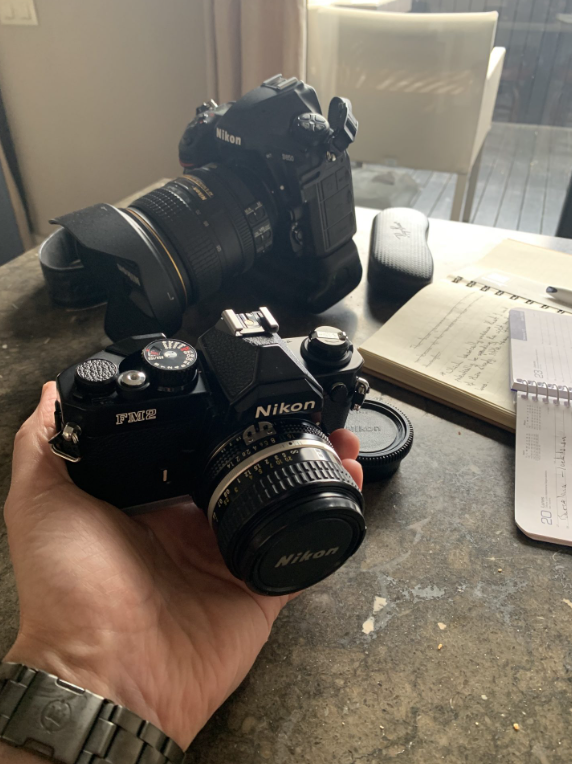
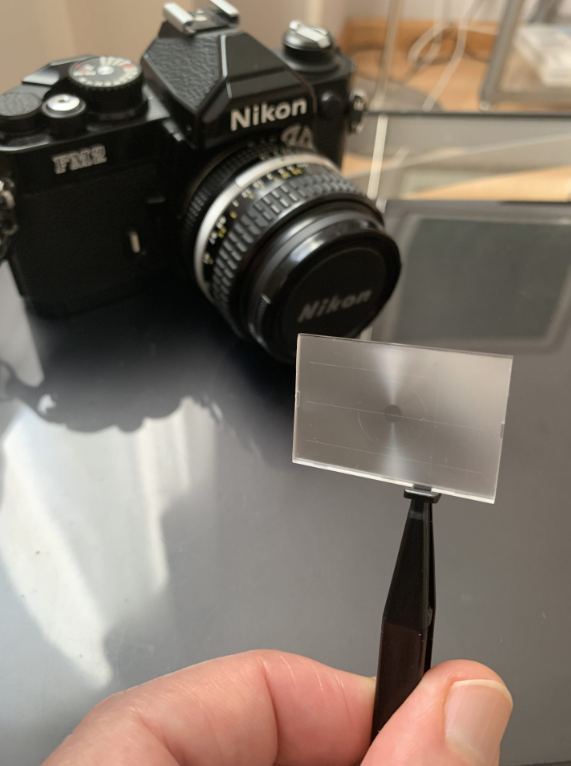
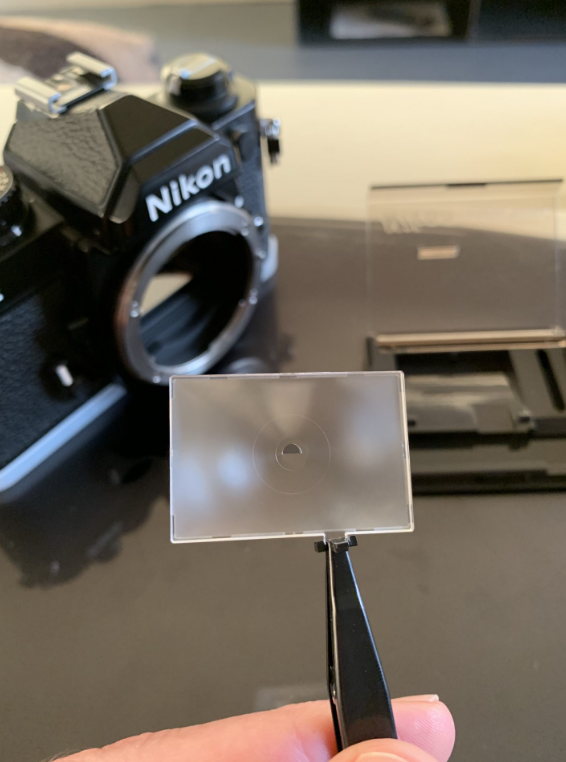



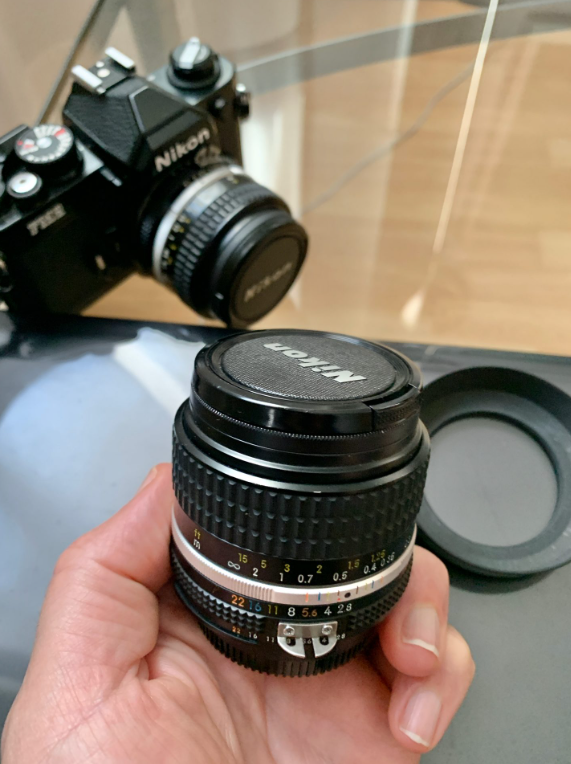
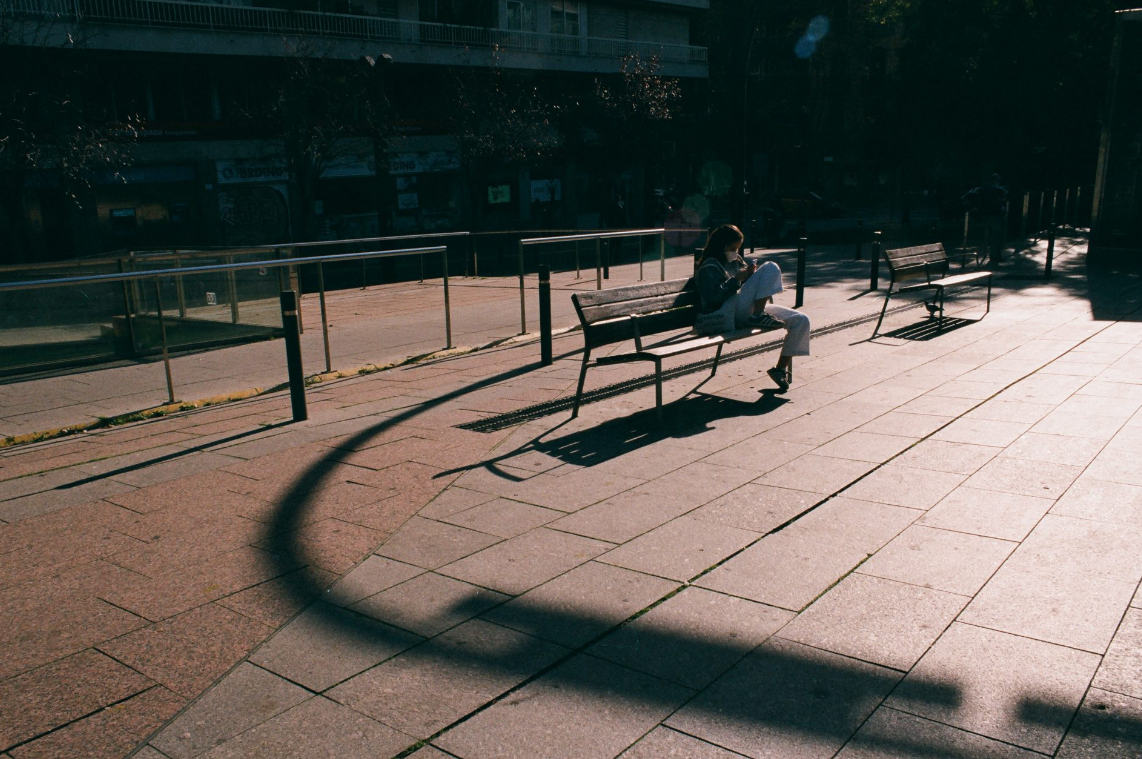
Great Work Cuz…..Keep It Up…….Congrats!!!!
I love the last word from David Bailey….
I wonder how many wannabes (like me) have pestered Bailey over the years. I’m willing to bet that, by the time left Charles de Gaulle Airport, he had forgotten all about me.